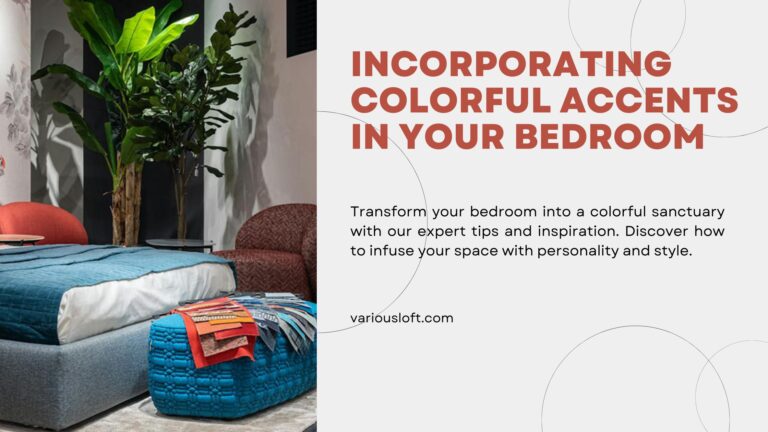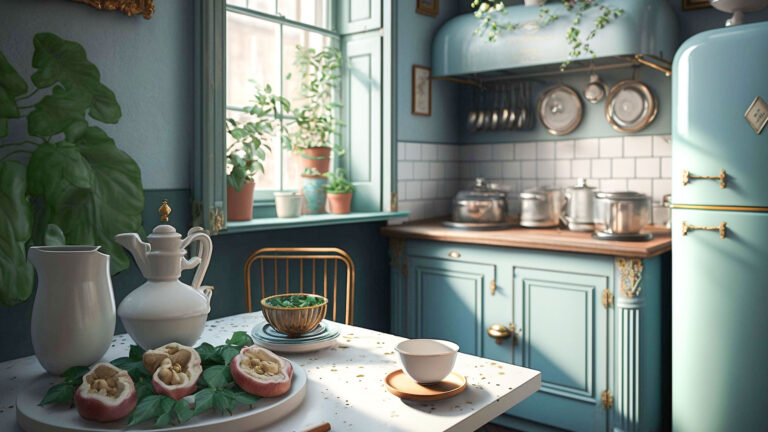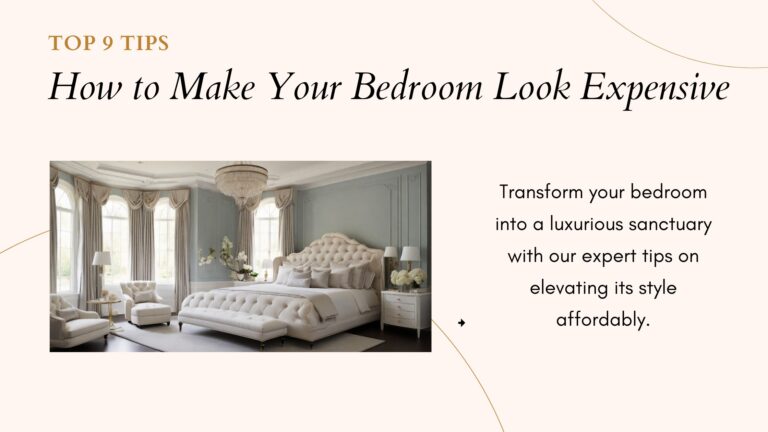What is a Traditional Style Living Room?
Traditional style in interior design is like a warm hug from the past, welcoming you into a world of timeless beauty and comfort. Here’s a simple breakdown to help you understand what makes a traditional style living room special:
What is a Traditional Style Living Room?

A traditional style living room is like stepping into a cozy embrace of classic charm and elegance. It’s a timeless design that celebrates history and heritage while remaining relevant in modern times.
In a traditional living room, you’ll find classic furniture pieces like wingback chairs and camelback sofas adorned with plush upholstery and intricate details.
Architectural elements like crown molding and wainscoting add a touch of sophistication, while rich fabrics such as velvet and silk create a sense of luxury.
The color palette typically includes warm neutrals, deep jewel tones, and earthy shades, creating a warm and inviting atmosphere.
Decorative accents like area rugs, curtains, and throw pillows add depth and personality to the space.
Overall, a traditional style living room is a sanctuary of comfort and elegance, where every detail tells a story of timeless beauty and grace.
Here’s some few topics to learn more about traditional style living room.
- Historical Roots
- Key Features
- Furniture and Accessories
- Fabrics and Textures
- Color Palette
- Layout and Arrangement
- Decorative Details
- Examples and Inspiration
- Maintenance and Care
- Conclusion
- Additional Resources
Historical Roots

Understanding the historical roots of traditional style living rooms helps us appreciate their timeless charm. Here’s a simple overview:
Victorian Era: During the 19th century, the Victorian era brought ornate furnishings and rich fabrics to prominence. Traditional living rooms of this time featured elaborate woodwork, velvet upholstery, and intricate patterns, reflecting the opulence of the period.
Georgian Period: In the 18th century, the Georgian period emphasized symmetry and classical motifs. Traditional living rooms from this era often showcased elegant furniture with straight lines, graceful curves, and refined details. Mahogany and walnut were popular wood choices, while upholstery featured damask and brocade fabrics.
Colonial America: Colonial-style living rooms draw inspiration from the early American settlers. Simple yet sturdy furniture crafted from oak or pine was common, reflecting practicality and durability. Traditional Colonial interiors featured earthy color palettes, rustic accents, and handmade textiles, evoking a sense of warmth and hospitality.
By exploring the historical contexts of these periods, we gain insight into the origins and evolution of traditional style living rooms, highlighting their enduring appeal across centuries.
Key Features

Traditional style living rooms are characterized by a blend of classic elegance and timeless charm. Here’s a breakdown of the key features that define this style:
Furniture Styles: Traditional living rooms often feature furniture pieces with graceful curves and intricate details. Examples include wingback chairs, camelback sofas, Queen Anne chairs, and Chippendale side tables. These pieces exude sophistication and comfort, with upholstery in luxurious fabrics like velvet or damask.
Architectural Details: Architectural elements play a significant role in traditional style living rooms. Crown molding adds a touch of refinement to the room, while wainscoting brings visual interest and texture to the walls. Other details may include paneled doors, coffered ceilings, and built-in bookcases, enhancing the room’s classic appeal.
Color Schemes: Traditional color palettes typically revolve around warm neutrals and rich tones. Think creamy whites, soft beiges, warm browns, and deep jewel tones like burgundy, navy, and emerald green. These colors create a sense of warmth and coziness, while also adding depth and sophistication to the space.
In summary, traditional style living rooms are characterized by elegant furniture, timeless architectural details, and rich color schemes, creating a welcoming and refined atmosphere that stands the test of time.
Furniture and Accessories
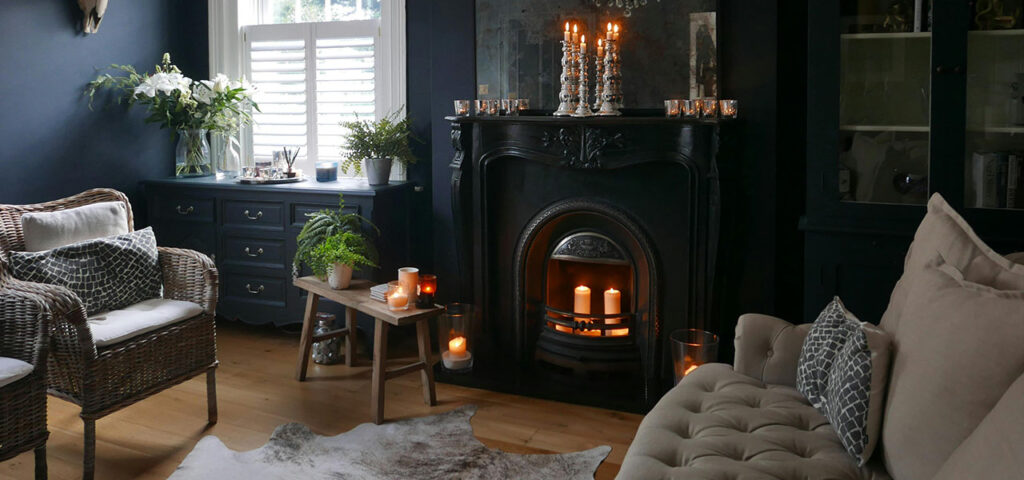
Traditional living rooms are adorned with furniture and accessories that exude classic charm and sophistication. Here’s a closer look at the types of items commonly found in traditional living spaces:
Upholstered Pieces: Traditional sofas and chairs often feature plush upholstery with ornate details like tufting, nailhead trim, and rolled arms. Wingback chairs and camelback sofas are popular choices, offering both style and comfort.
Wood Accents: Wood plays a prominent role in traditional living rooms, adding warmth and texture to the space. Look for furniture pieces crafted from rich woods like mahogany, cherry, or walnut. Wooden coffee tables, side tables, and bookcases with intricate carvings or turned legs are common in traditional decor.
Decorative Items: Accessories are essential for adding personality and visual interest to a traditional living room. Table lamps with ceramic or brass bases, ornate mirrors with gold or silver frames, and artwork in classic frames enhance the room’s elegance. Decorative pillows, throw blankets, and area rugs in luxurious fabrics and traditional patterns tie the space together.
In essence, traditional living rooms are a celebration of timeless design, with furniture and accessories that combine comfort, craftsmanship, and sophistication to create a welcoming and inviting atmosphere.
Fabrics and Textures

Fabrics and textures play a crucial role in defining the cozy elegance of traditional design. Here’s why they’re so important:
- Luxurious Fabrics: Traditional living rooms often feature fabrics like velvet, silk, damask, and brocade. These materials have a rich, tactile quality that adds a sense of luxury and sophistication to the space.
- Richness and Depth: The use of luxurious fabrics in traditional design adds depth and dimension to the room. Velvet, with its soft pile and lustrous sheen, creates a sense of opulence, while silk draperies add an air of refinement.
- Textural Contrast: Mixing different textures is key to achieving a layered look in traditional design. Pairing plush velvet upholstery with smooth silk curtains or adding a brocade throw pillow to a damask sofa creates visual interest and tactile appeal.
- Warmth and Comfort: In addition to their aesthetic appeal, luxurious fabrics also contribute to the overall comfort of the room. Curling up on a velvet-covered sofa or sinking into a silk-upholstered armchair feels indulgent and inviting.
In summary, fabrics and textures are essential elements of traditional design, infusing the space with richness, depth, and a sense of comfort that makes it truly inviting and timeless.
Color Palette
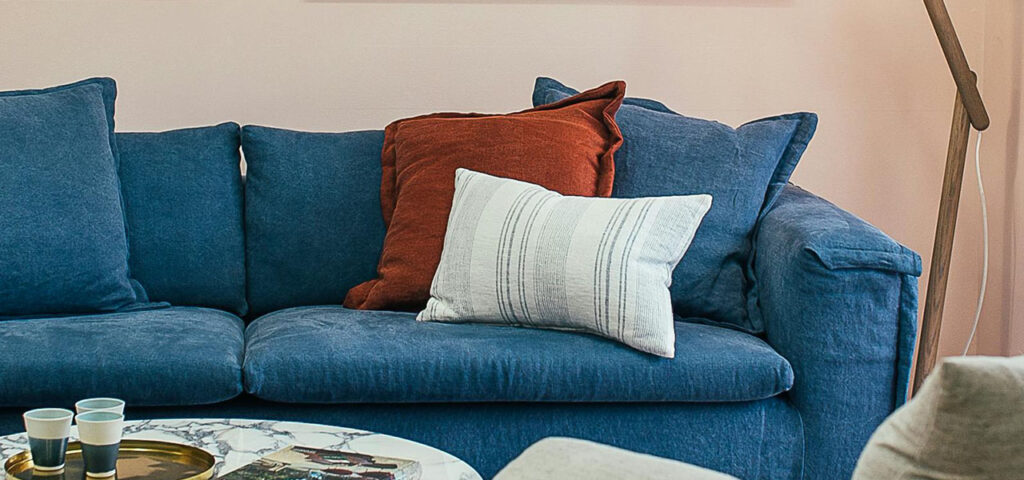
The color palette sets the tone for a traditional living room, evoking a sense of timeless elegance and sophistication. Here’s how to achieve a cohesive color scheme:
Muted Hues: Traditional living rooms often feature muted hues like soft creams, warm beiges, and subtle grays as a neutral backdrop. These colors provide a sense of tranquility and balance to the space.
Deep Jewel Tones: Adding pops of color with deep jewel tones like emerald green, sapphire blue, ruby red, and amethyst purple brings richness and drama to the room. Use these hues sparingly in upholstery, accent pillows, or artwork to create visual interest and depth.
Earthy Shades: Incorporating earthy shades such as terracotta, ochre, and olive green adds warmth and coziness to the traditional living room. These natural tones complement the classic furniture and architectural details, creating a harmonious and inviting atmosphere.
Creating Cohesion: To ensure a cohesive color scheme, choose a dominant color for the walls and larger furniture pieces, then layer in accent colors through textiles, accessories, and artwork. Aim for a balance of light and dark tones to create contrast and visual intrigue while maintaining an overall sense of harmony.
By carefully selecting and combining colors, you can achieve a traditional living room that exudes timeless elegance and charm.
Layout and Arrangement

Arranging furniture in a traditional living room is like putting together pieces of a puzzle to create a harmonious and inviting space. Here are some tips to help you achieve the perfect layout:
- Focus on Balance: Balance is key to creating a cohesive and visually pleasing arrangement. Distribute furniture evenly throughout the room to avoid a cluttered or lopsided look. Consider the size and scale of each piece to ensure they complement each other.
- Proportion Matters: Pay attention to the proportions of your furniture in relation to the size of the room. Choose pieces that are appropriate for the space, avoiding oversized or undersized items that can throw off the balance of the room.
- Define Focal Points: Every room needs a focal point to anchor the design. In a traditional living room, this could be a fireplace, a large window with a scenic view, or a statement piece of furniture like a grand piano or an ornate armoire. Arrange furniture around the focal point to draw attention and create a sense of cohesion.
- Create Conversation Areas: Arrange seating to facilitate conversation and interaction. Place sofas and chairs facing each other to encourage socializing, and leave enough space for easy movement around the room.
- Consider Traffic Flow: Ensure there’s enough space for people to move freely around the room without obstruction. Arrange furniture in a way that maintains clear pathways and allows for easy navigation.
By following these tips and principles of design, you can create a traditional living room layout that is both functional and aesthetically pleasing, providing a comfortable and welcoming space for family and guests alike.
Decorative Details

Decorative details are the icing on the cake when it comes to traditional style living rooms, adding charm and personality to the space. Here’s how these accents enhance the traditional aesthetic:
Area Rugs: Area rugs anchor the room and define different areas within the space. Opt for rugs with intricate patterns or rich textures like Persian rugs or Oriental rugs to add warmth and visual interest to the floor.
Curtains: Curtains soften the look of windows and add a touch of elegance to the room. Choose heavy fabrics like silk or velvet in traditional patterns such as damask or toile for a luxurious feel. Floor-to-ceiling curtains can also help to visually elongate the space and create a sense of grandeur.
Throw Pillows: Throw pillows are a quick and easy way to introduce color and pattern into the room. Mix and match pillows in coordinating hues and traditional motifs like florals, stripes, or plaids to add depth and texture to seating areas.
Trimmings: Trimmings like tassels, fringe, and braids can be added to curtains, pillows, and upholstery to elevate their look and add a touch of opulence. Choose trimmings in metallic finishes or rich colors to complement the traditional style aesthetic.
In summary, decorative accents play a vital role in enhancing the traditional style aesthetic, adding warmth, texture, and personality to the living room. By carefully selecting and coordinating these details, you can create a space that feels both timeless and inviting.
Examples and Inspiration
Let’s take a visual journey through some beautifully designed traditional living rooms to inspire your own decor:

Classic Elegance:
Picture a living room adorned with plush sofas and armchairs in rich velvet upholstery, complemented by ornate woodwork and intricate moldings. A crystal chandelier hangs from the ceiling, casting a warm glow over the room.
Timeless Charm:
Imagine a cozy fireplace flanked by built-in bookcases filled with leather-bound volumes and family heirlooms. Wingback chairs invite you to curl up with a good book, while a Persian rug adds warmth and color to the hardwood floors.
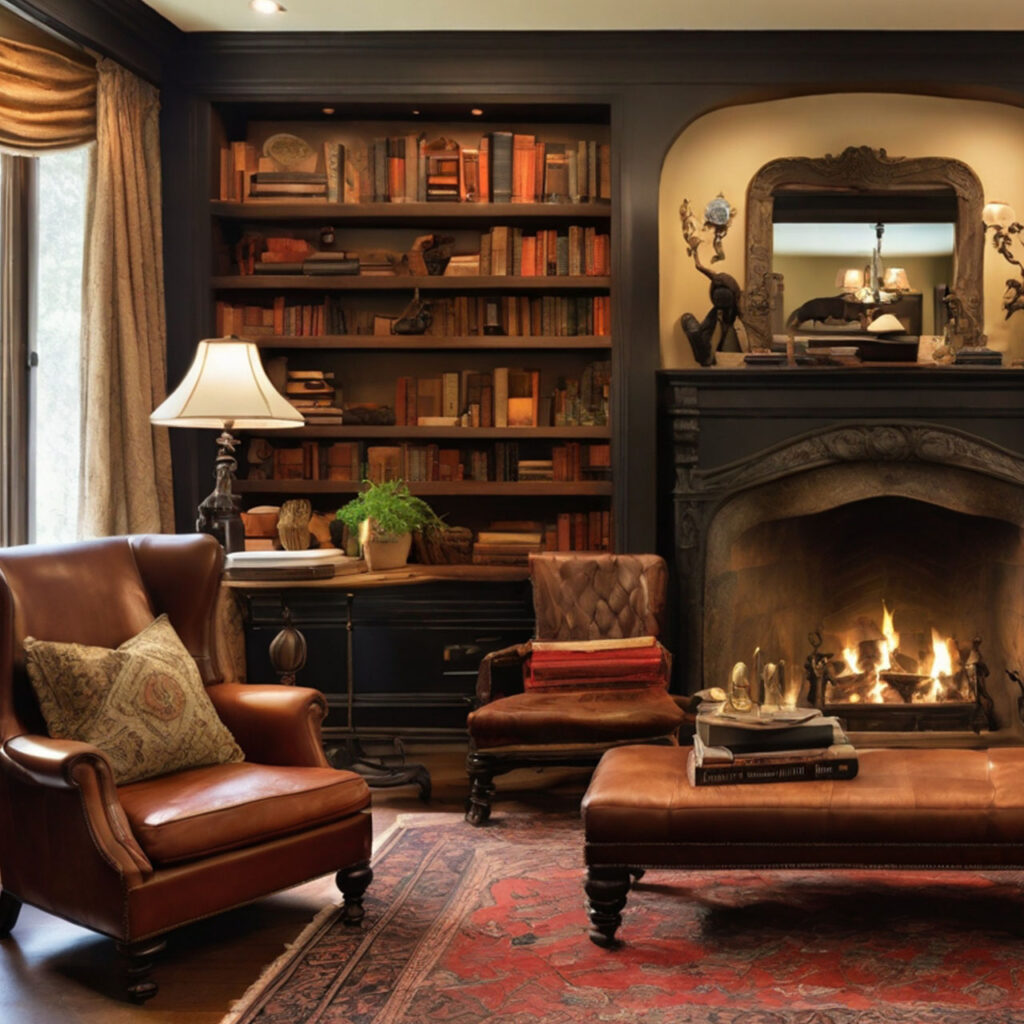
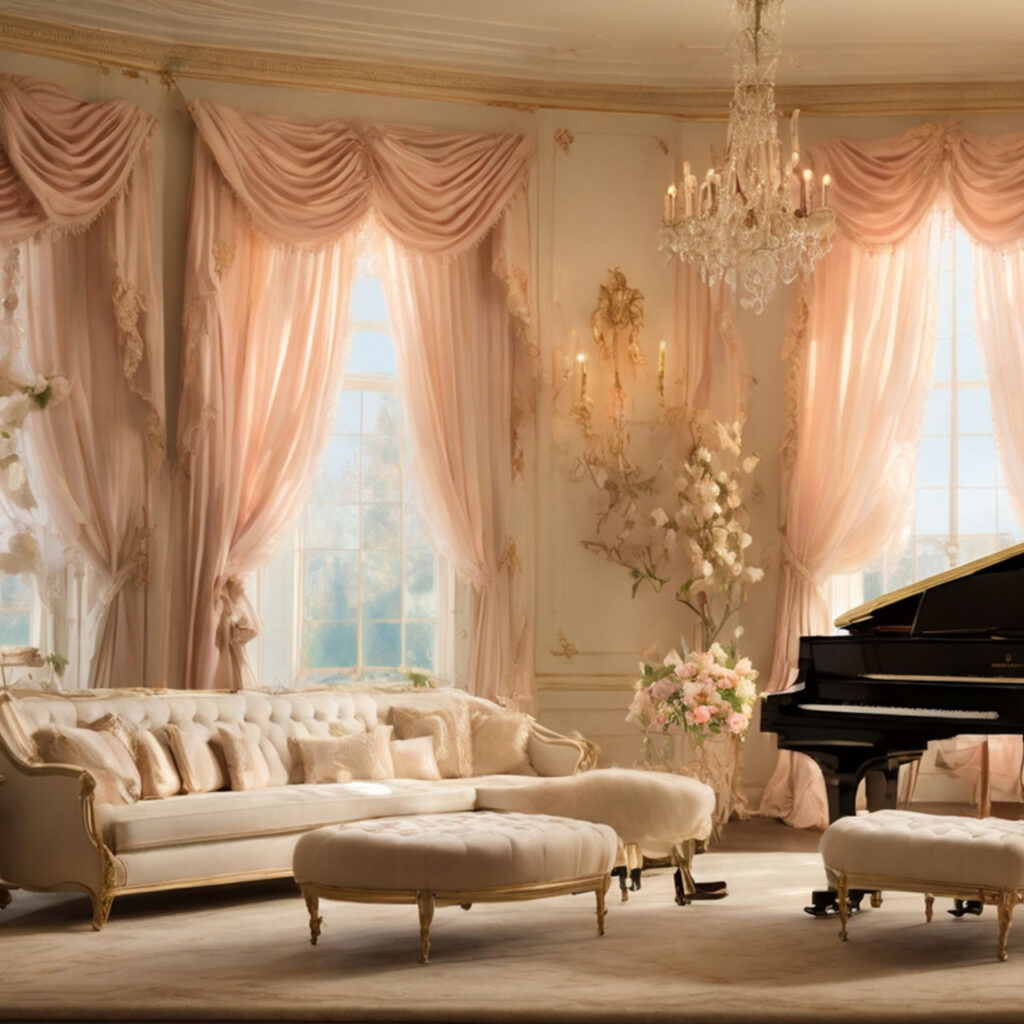
Old-World Romance:
Envision a living room bathed in soft candlelight, with sheer curtains billowing in the breeze. A grand piano takes center stage, surrounded by tufted ottomans and gilded mirrors. Oil paintings adorn the walls, depicting scenes of pastoral beauty.
Colonial Inspired:
Visualize a living room with exposed wooden beams and a stone fireplace, evoking the charm of a colonial-era homestead. Plaid upholstery and cozy throws add a touch of rustic warmth, while brass accents lend a sense of refinement.

These examples showcase the diverse interpretations of traditional style, from classic elegance to old-world romance. Whether you prefer opulent luxury or rustic charm, there’s a traditional living room design to suit every taste and preference. Let these visuals inspire you as you create your own traditional haven.
Maintenance and Care
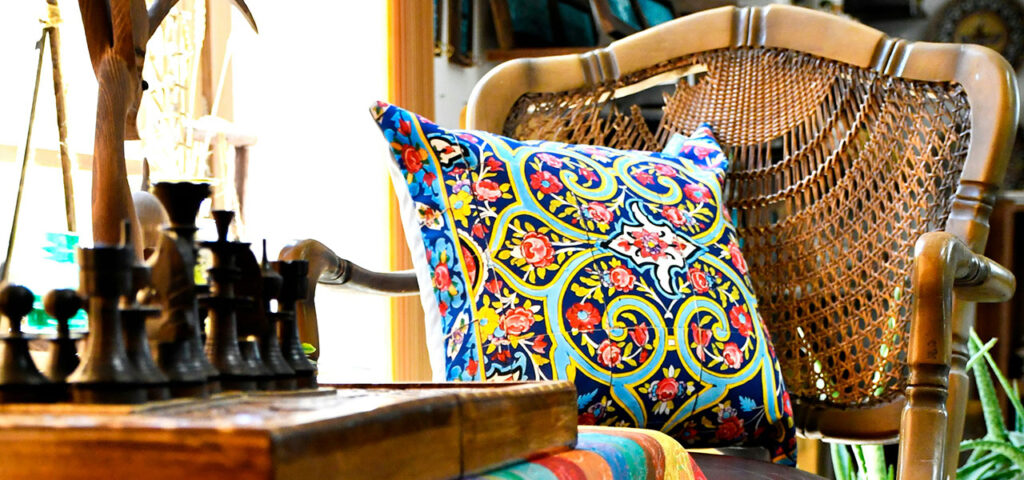
Maintaining traditional furnishings and décor items is essential to preserving their beauty and longevity. Here are some tips for caring for your traditional pieces:
- Regular Cleaning: Dust furniture and decorative items regularly with a soft cloth to prevent buildup. Use a gentle cleaner suitable for the material, such as wood polish for wooden furniture or upholstery cleaner for fabric.
- Protective Measures: Use coasters and placemats to prevent water rings and scratches on wooden surfaces. Place felt pads under furniture legs to protect hardwood floors from scratches and dents.
- Avoid Direct Sunlight: UV rays can fade and damage furniture and fabrics over time. Position furniture away from direct sunlight or use window treatments like curtains or blinds to filter sunlight.
- Rotate Upholstery: Rotate cushions and upholstery periodically to distribute wear and maintain the shape of the cushions. This helps prevent uneven fading and extends the lifespan of the fabric.
- Professional Maintenance: Consider professional cleaning and maintenance for delicate or antique pieces. Upholstery and carpet cleaning services can help remove deep stains and restore the original beauty of fabrics.
- Storage: Store seasonal décor items and textiles in a clean, dry place when not in use to prevent damage from dust, moisture, and pests. Use acid-free tissue paper or fabric covers to protect delicate items like linens and textiles.
By following these maintenance and care tips, you can ensure that your traditional furnishings and décor items remain beautiful and well-preserved for years to come, maintaining the timeless elegance of your living space.
Conclusion
In conclusion, traditional style living rooms embody timeless elegance and charm, making them a beloved choice for homeowners looking to create a warm and inviting space. Here’s a summary of the key points:
Classic Charm: Traditional style living rooms feature classic furniture pieces, rich fabrics, and ornate details that exude sophistication and grace.
Historical Roots: Drawing inspiration from historical periods like the Victorian era and Colonial America, traditional design celebrates heritage and tradition while remaining relevant in modern times.
Essential Elements: From symmetrical layouts to rich color palettes and luxurious fabrics, traditional living rooms are defined by their attention to detail and sense of balance.
Decorative Accents: Decorative details like area rugs, curtains, and throw pillows add depth and personality to traditional spaces, enhancing their timeless appeal.
Maintenance and Care: Proper maintenance and care are essential for preserving the beauty of traditional furnishings and décor items, ensuring they remain in pristine condition for years to come.
As you embark on your own journey to create a traditional style living room, remember to explore your own interpretations of the style while staying true to its core principles.
Whether you prefer a grand and opulent look or a cozy and rustic feel, traditional design offers endless possibilities for personalization and creativity.
Embrace the timeless allure of traditional style living rooms and create a space that reflects your unique taste and personality.
Additional Resources
Here are some insightful articles that you may find interesting and relevant to this topic.


